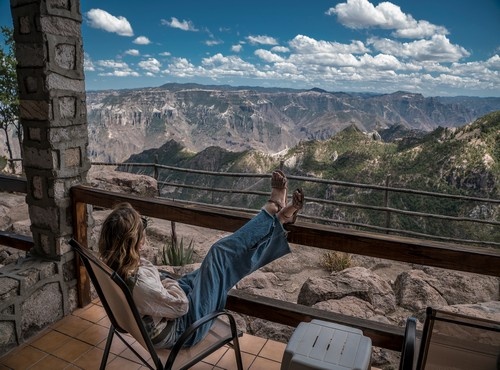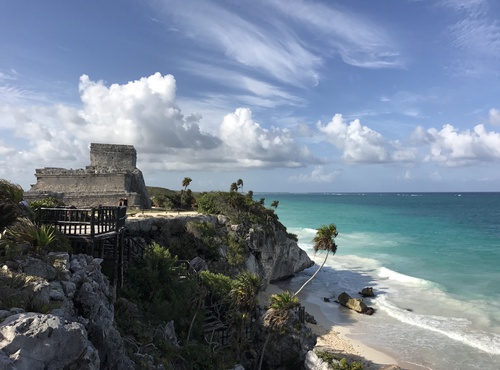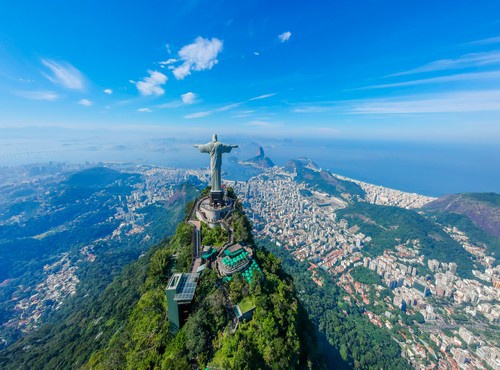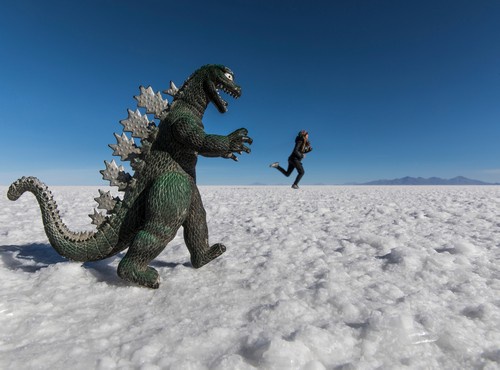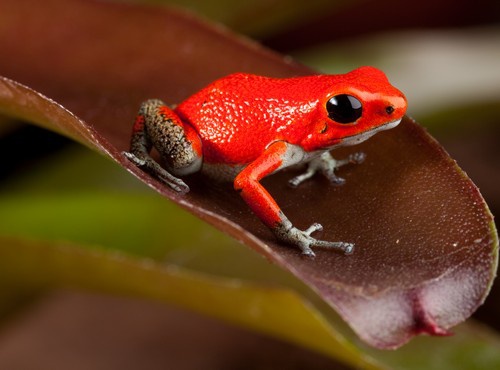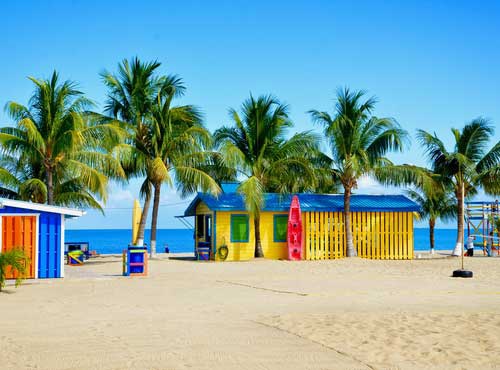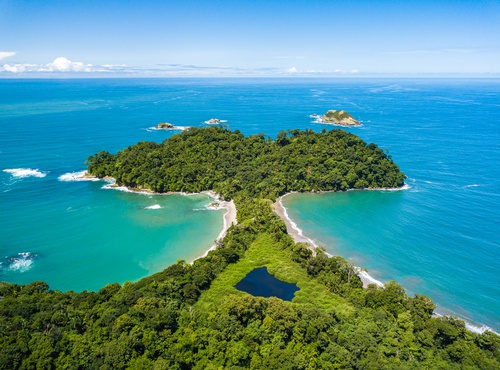
Written by:undefined undefined
Published: 18-05-2022
Found intertwined between Brazil’s massive cities lies kilometers of land, a mix of sprawling farmland, mountain ranges, and mighty forests. There are 69 national parks in Brazil featuring impressive rock formations and an extraordinary collection of flora and fauna. Not all parks are open to the public, but those available are worth a visit. Here are 10 of the most impressive national parks in Brazil.
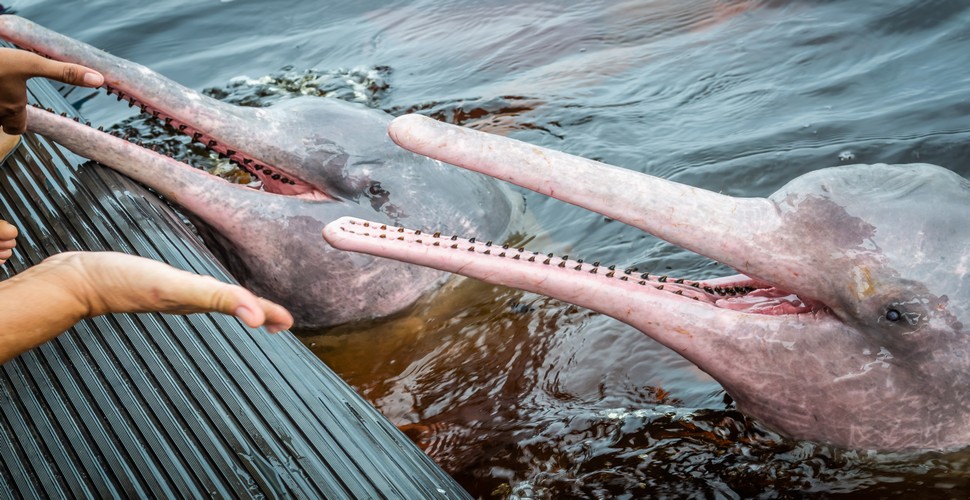
Pink river dolphins in the Amazon
Iguaçu National Park
The most visited national park in Brazil, Iguaçu, can be found on the borders of Brazil, Argentina, and Paraguay. It is famous, of course, for the massive expanse of waterfalls, one of the world's most extensive systems of cascades. Visitors can explore the waterfalls on foot by following the wooden decking that meanders through the different falls or taking a boat trip or helicopter ride. There is also a bird park with several conservation projects explaining the endemic bird species. This impressive park is worth the visit to witness the stunning beauty of the falls and is well-worth getting “on” the beaten track for the experience.
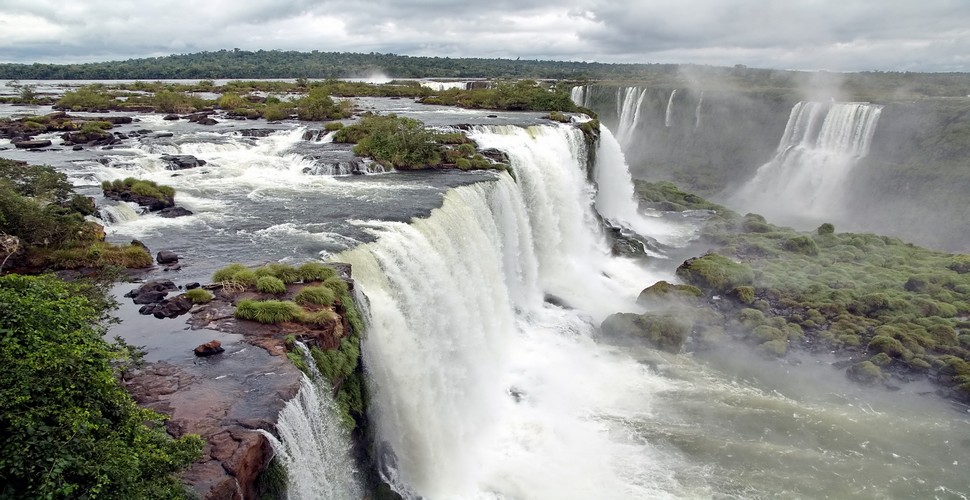
Iguaçu Falls
Chapada dos Veadeiros
Found in the state of Goias, Chapada dos Veadeiros features out-of-this-world quartz formations, many waterfalls, and impressive biodiversity with spectacular flora and fauna. Among the wildlife who call this park, home are jaguars, armadillos, and guara wolves. One of the most visited natural attractions is the Pedreiras Waterfall which has a pool in front for cooling down and relaxing after a hard day exploring in the heat.
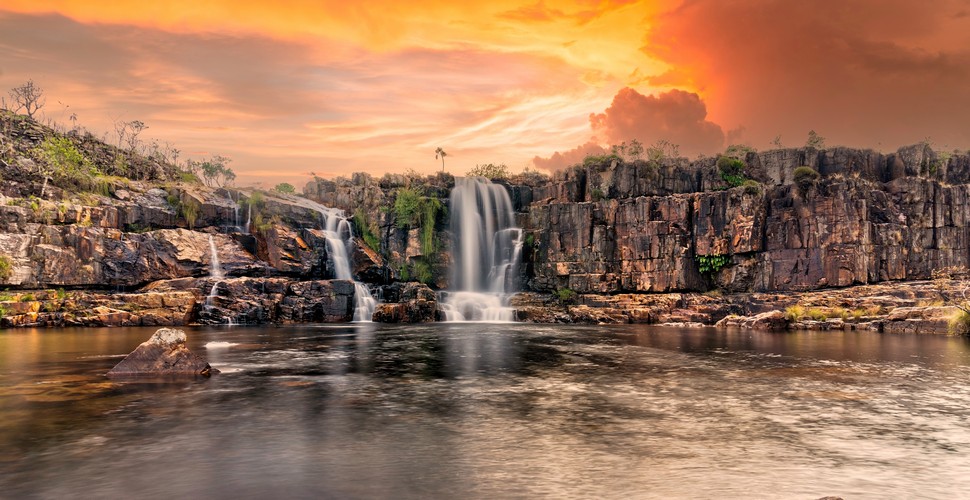
Chapada dos Veadeiros
Lençois Maranhenses National Park
Located in the state of Maranhão in northeast Brazil, Lençois Maranhenses is one of Brazil's most striking national parks in Brazil. The entire park is made up of enormous, rolling dunes that stretch out as far as the eye can see and the crevices in between the dunes fill up with water during the rainy season. The result is a breath-taking landscape of white sand and contrasting deep blue pools. The best time to visit is between July and September, when the lakes are present. The park can be explored on foot, 4×4 vehicles, or on horseback.

Lençois Maranhenses
Chapada Diamantina
Located in Bahia, Chapada Diamantina is one of Brazil's most stunning natural parks. It’s most famous for the Poço Encantado and the Poço Azul, large underground caves filled with crystal blue water so clear that the pools appear empty. The park also contains striking rock formations, waterfalls, and intriguing caves. The Cachoeira da Fumaça (the Smoke Waterfall) is the most famous fall in the park and the highest in Brazil. It’s so high that the water turns into a cloud of mist before it reaches the ground.
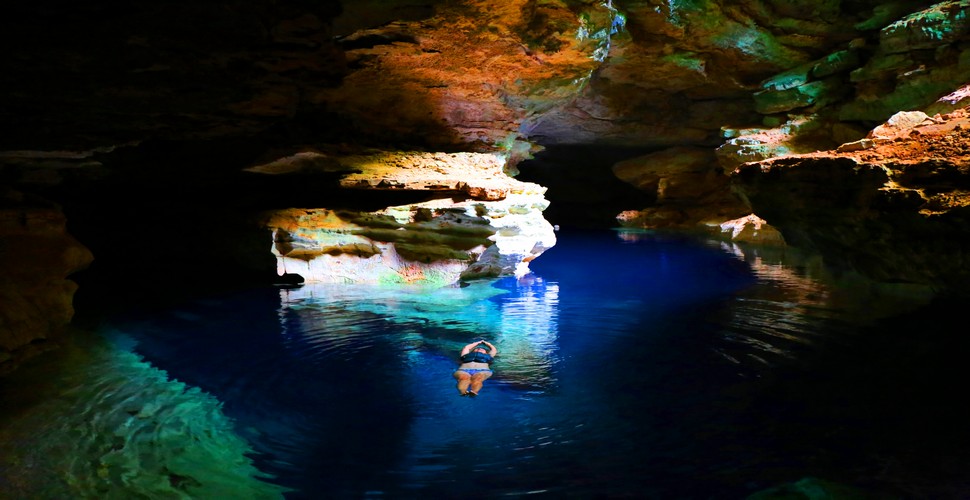
Lençois Maranhenses
Pantanal National Park
The largest and most famous wetland in the world, the Pantanal National Park is one of the most ecologically diverse regions in Brazil. Wildlife-lovers will be in their element in the Pantanal, with opportunities to spot incredible species such as black howler monkeys, tapirs, jaguars, and hundreds of caimans. This area has several guided tours and eco-lodges for sustainable accommodation options.
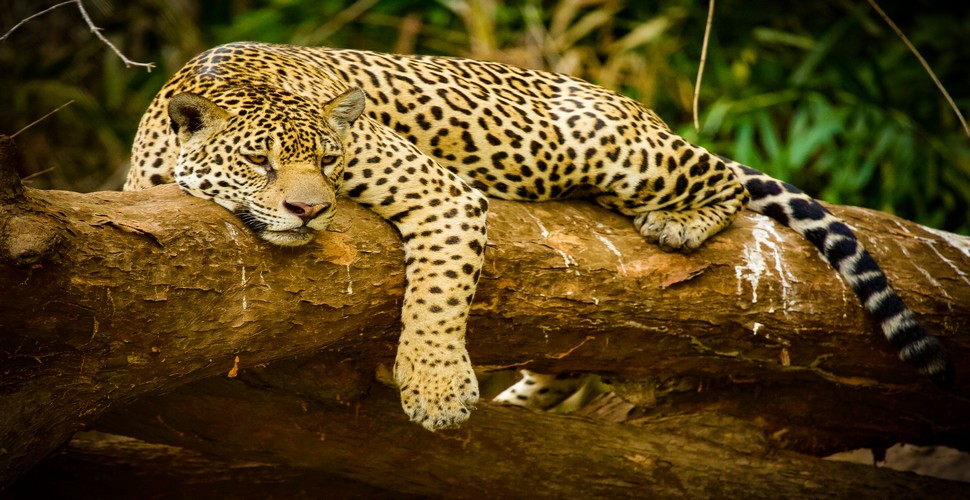
The Pantanal
Serra dos Órgãos Nacional Park
The Serra dos Órgãos National Park is an extensive mountain range close to Rio de Janeiro. The rocky peaks are covered in the Atlantic Forest and are the home of some excellent and challenging hikes. It’s a popular spot with mountaineers enjoying rock climbing and stunning views. The park contains ten peaks over 2,000 meters high, the most famous being Dedo de Deus (God’s Finger), the so-called as it looks like a giant finger pointing into the sky.
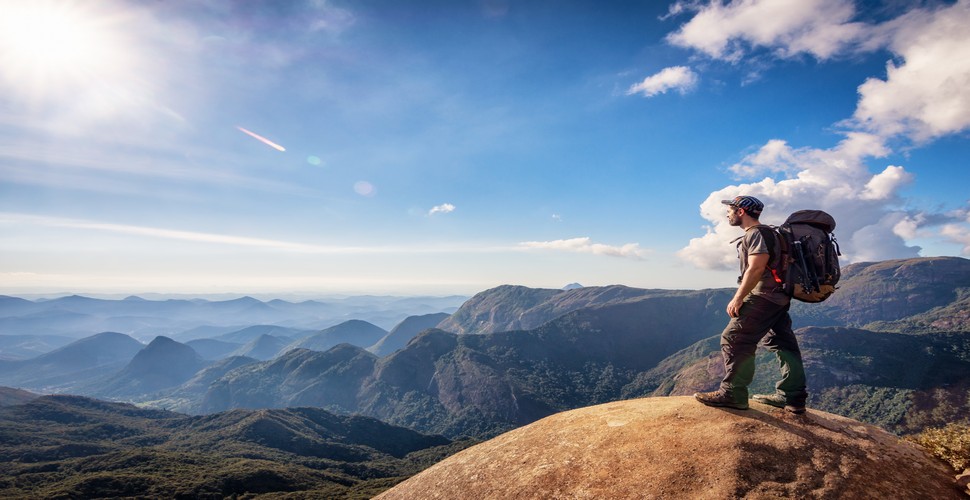
Serra dos Órgãos National Park
Jaú National Park
This park in Amazonas in the northwest of Brazil, Jaú, is the largest forest reserve in South America and is made up of dense, thick rainforest. The park contains three major rivers; the Jaú, Unini, and Carabinani, which flow into the Rio Negro. Over 400 species of plants have been recorded here and over 260 species of fish, making it one of Brazil's most biologically rich areas of Brazil.
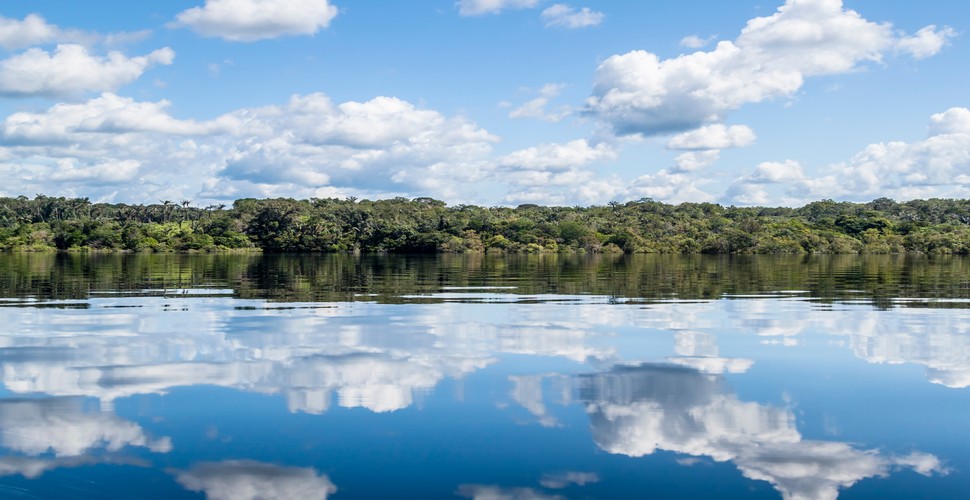
Jaú National Park
Anavilhanas National Park
Found in the Amazon Forest, the Anavilhanas National Park protects over 400 islands on the Rio Negro. As well as promoting sustainable tourism all year round, it is a vitally importacrucialific research and conservation area. The park is home to several significant forest and lake ecosystems that support various animal species, including the giant otter, the Amazon river dolphin, the giant anteater, the jaguar, and the giant armadillo.
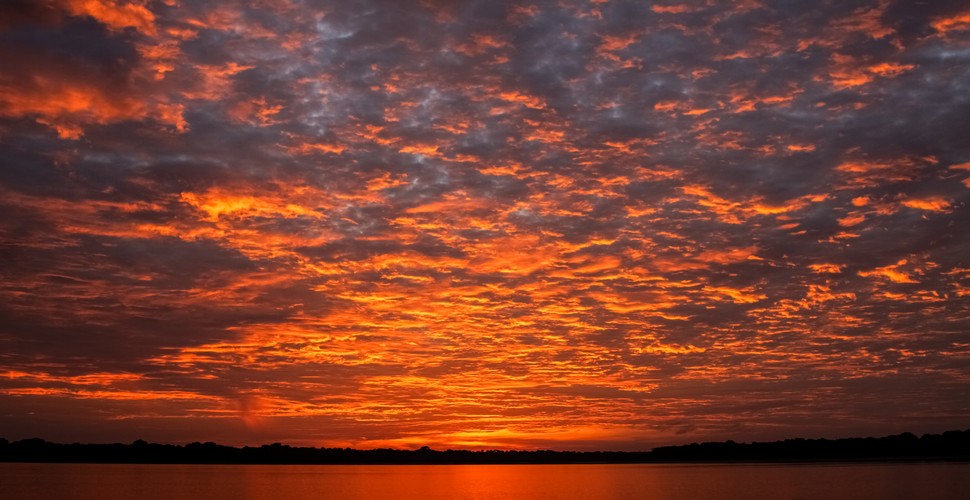
Anavilhanas National Park
Chapada dos Guimarães
The Chapada dos Guimarães is rich in a diversity of natural attractions, including several waterfalls, expansive canyons, and impressive biodiversity. One of its most notable features is the well-preserved cave paintings inside some caves. Endemic wildlife includes anteaters, deer, and the elusive maned wolves.
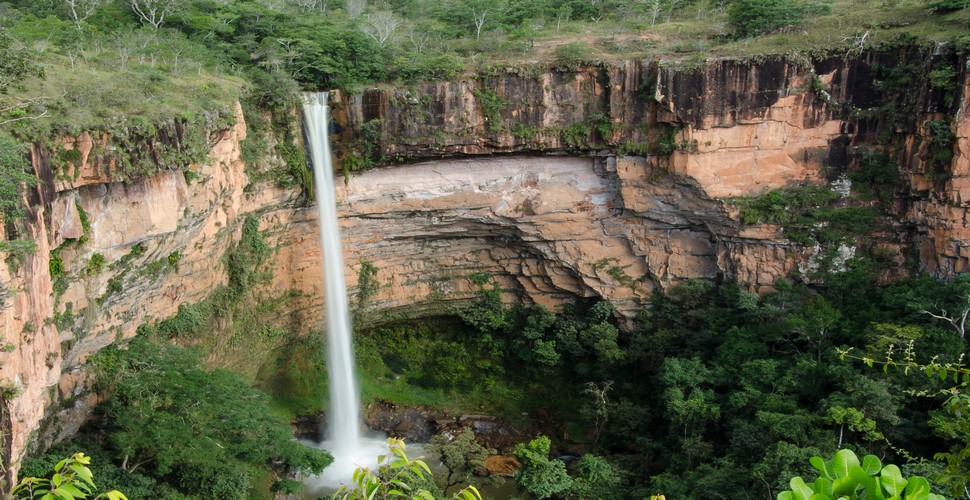
Chapada dos Guimarães
Itatiaia National Park
Itatiaia National Park The oldest national park in Brazil, Itatiaia is home to several of Brazil’s highest mountains. The two tallest peaks include Agulhas Negras and Prateleiras, the former requiring mountaineering experience from those wanting to scale its peak. With over 350 species of birds recorded here, it is an ornithologist's dream and the perfect spot for sighting rare species.








